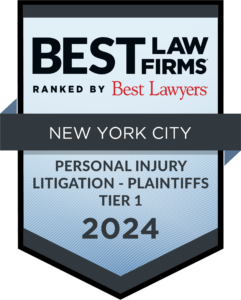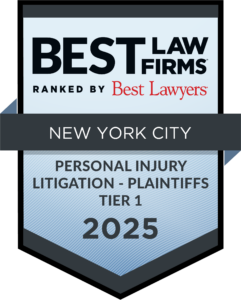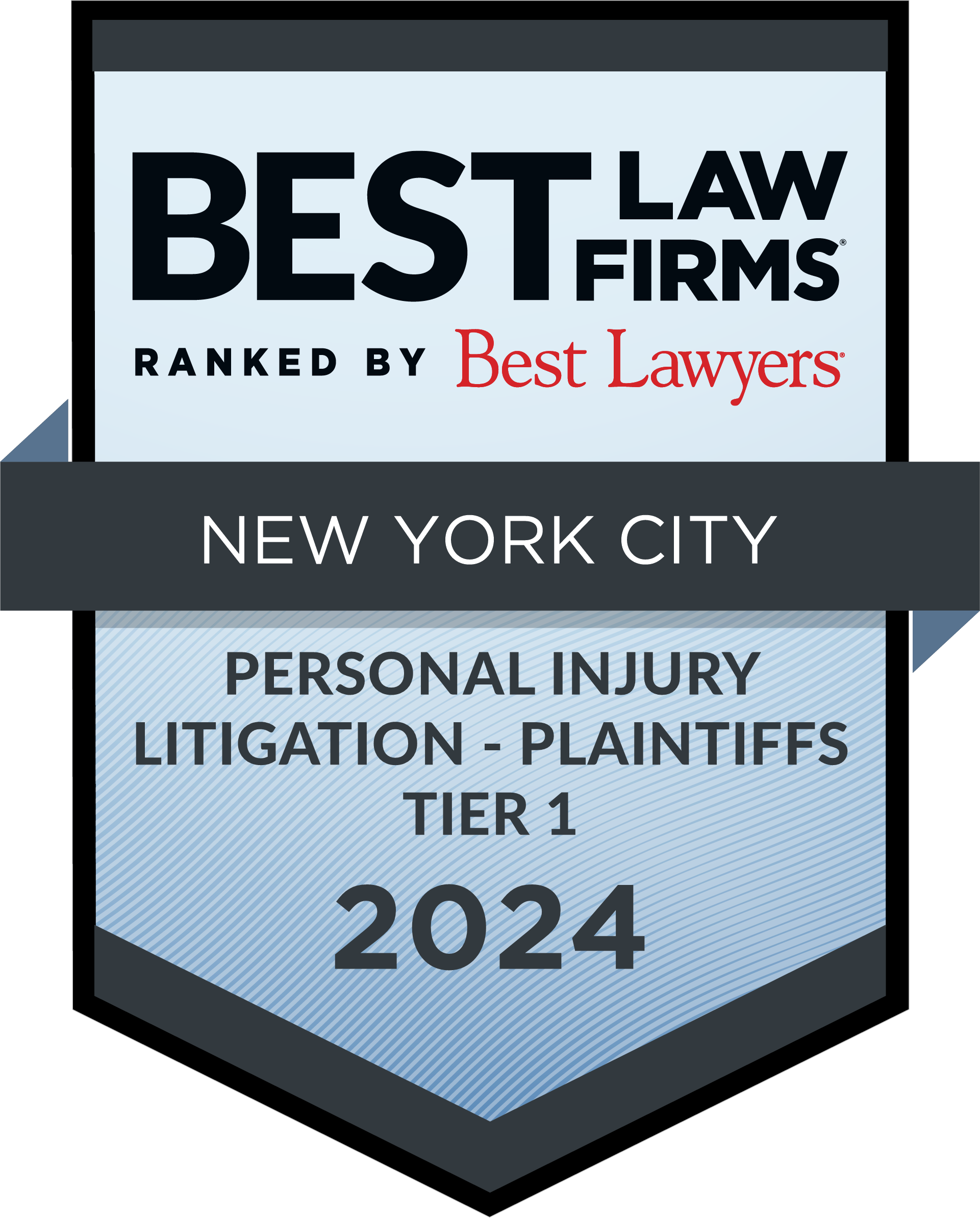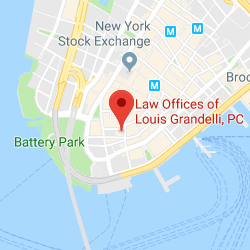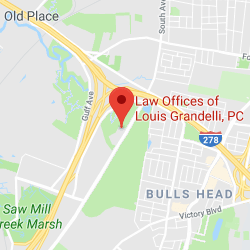On May 13, 2015, an Amtrak train carrying 243 passengers heading Northbound to New York derailed, killing at least eight, and injuring many more. While the cause of the crash has yet to be determined, recent reports have indicated that the train was traveling over 100 miles per hour, on a curve with a speed limit of 55 mph, at the time of the accident.
The accident caused six cars and the engine to completely derail and left several other cars mangled. Further, the crash resulted in the cancelling of service for that night between Philadelphia and New York.
Complicating the investigation of the accident, the train’s engineer, Brandon Bostian of Queens, New York, has informed investigators that, as a result of a concussion he suffered during the accident, he cannot recall what happened in the moments leading up to the accident. Mr. Bostian has volunteered his blood sample and cell phone, but otherwise has been unable to offer any substantial clues to investigators as to what caused this derailing
As a result of this accident, serious questions have been raised about America’s aging infrastructure and rail systems. Incredibly, as pointed out by a recent New York Timesarticle there is an existing technology that could have prevented this accident and Congress has already mandated that the technology be installed throughout America’s rail system. However, technical and funding issues has slowed the progress of its implementation.
In New York, common carriers used to have a higher level of duty than imposed upon any other vehicles involved in transportation. An accident like this highlights how the unique danger for mass loss of life and significant injuries creates a need for a greater burden on private actors and the state to ensure that all common carriers are kept in the safest of conditions. Unfortunately, in Bethel v New York City Tr. Auth., 92 NY2d 348, 353 [1998], the New York Court of Appeals ruled that common carriers were no longer subject to a higher level of duty.
At this early stage, the investigation into how the accident occurred is still ongoing. The NTSB and other governmental agencies are attempting to determine whether it was an error on the part of the engineer, mechanical error, or whether an external factor played a roll in the accident. Once the cause is determined, experts are hoping to find ways to prevent this type of accident. Whether its by placing a higher duty on common carriers or ensuring that the proper funding for safety measures is available, preventing these type of accidents is something that can and should be done.
If you or someone you know has been injured in a mass transit accident, please contact our office for a free consultation.






